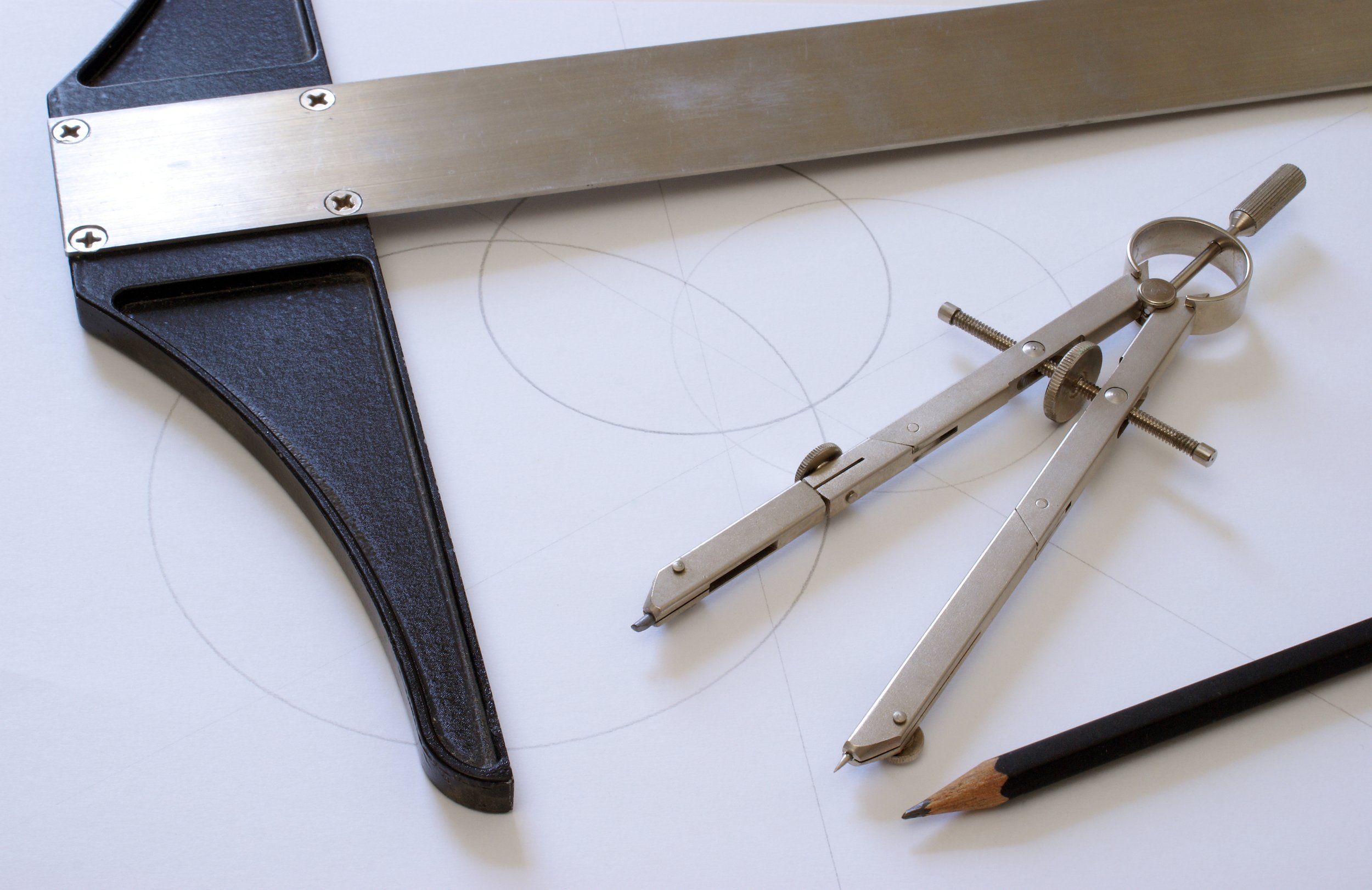Evolution in Architectural Drafting: A Journey from T-squares to Digital Designs
The architectural world is ever-evolving, continually adapting to the innovations and technologies of the times. My journey in this realm commenced in an era where T-squares, triangles, and drafting boards were the go-to tools, a stark contrast to the technological advancements we relish today. In this blog, let’s explore this transformation from hand-drafting to digital designs, while still appreciating the tangible charm of sketching preliminary ideas.
The Nostalgic Charm of T-squares:
Embarking on my architectural journey, I was greeted with the tactile experience of using T-squares and triangles on drafting boards. This methodology, although seemingly primitive by today’s standards, had its unique charm and allowed for a deeply engaging and hands-on approach to design.
Progressing with Technology:
In due course, enhancements were introduced with the incorporation of cables on each side of the board, allowing the square to be mounted. This marked a significant improvement from the original T-square methodology, paving the way for more precision and efficiency in the drafting process.
Balancing Tradition and Modernity:
Despite the influx of technological advancements, the allure of sketching preliminary ideas by hand still resonates with me. There’s an incomparable joy and connection in seeing your thoughts and visions come to life on paper, unfolding the project’s potential layer by layer. However, it’s undeniable that the bulk of our modern-day architectural work benefits immensely from computer technology.
Diving into the Digital Age:
The digital age has ushered in an array of software programs specifically tailored for architects, enabling enhanced precision, efficiency, and visualization. Our studio primarily utilizes Autodesk CAD, a sophisticated program for crafting detailed 2-D drawings. These programs not only facilitate seamless design execution but also enhance the quality and accuracy of our architectural projects.
The 2-D and 3-D Paradigm:
Some advanced software options offer the convenience of creating 3-D drawings simultaneously with 2-D ones. However, our office cherishes the distinctiveness of each dimension, preferring to use separate programs for 2-D and 3-D drawings. The utilization of dedicated programs allows for a more focused and specialized approach to each aspect of the design process.
Visualizing with SketchUp:
Visualization is a crucial component in architectural design, and not everyone can inherently perceive a 3-D structure from a 2-D drawing. This is where programs like SketchUp become invaluable. It is an accessible and user-friendly platform that brings our designs to life, enabling clients to visualize their projects with enhanced clarity and perspective. By providing a vivid three-dimensional representation, SketchUp ensures our clients can fully comprehend and connect with their evolving projects.
Taking last looks:
The evolution in architectural drafting has been a fascinating journey, marked by continuous learning and adaptation. While the charm of hand-drafting and the tactile connection with designs are irreplaceable, the innovations in architectural software have exponentially expanded the horizons of design possibilities.
Whether it’s the meticulousness of 2-D drawings or the immersive experience of 3-D visualizations, the amalgamation of traditional and modern drafting techniques enriches our architectural narratives. Embracing this balance allows us to honor our roots while continually pushing the boundaries of architectural innovation and expression.
So, here’s to the beautiful synergy of tradition and technology in architecture, enabling us to create spaces that are not just structures but are reflections of evolving visions and dreams. And, in this harmonious dance of lines, dimensions, and pixels, we find the essence of architectural poetry, waiting to be penned down, visualized, and realized.


